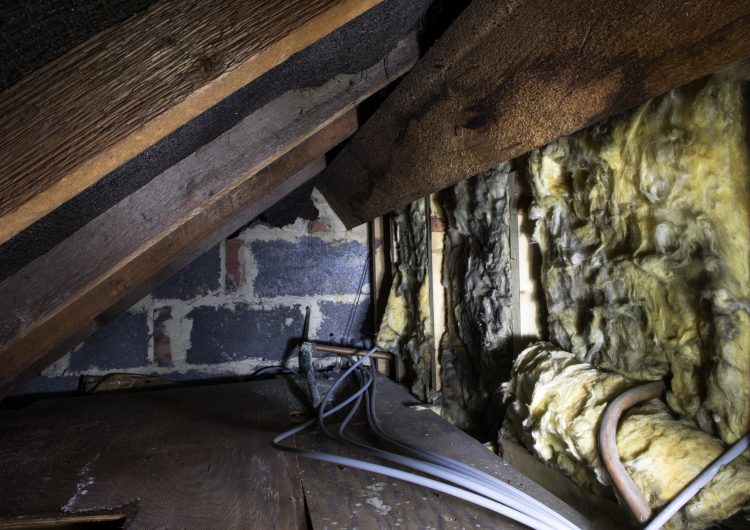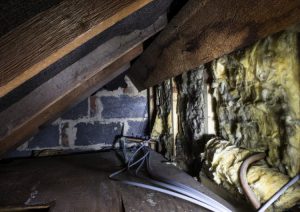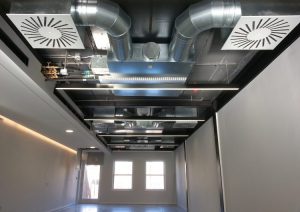Did you know that 40% of your indoor air comes up through crawl spaces? Here’s why you should be concerned about their air quality.
If you’re like most owners, the crawl space under your house is just a dark cobweb-infested place that you rarely think about. This is why problems in the crawl space like flooding, moisture build-up, or even pest infestation often go unnoticed until it is too late.
So, should you take better care of your crawl space?
Recent studies have shown that about 40% of the air in your home comes up through the crawl space either through a leak in your air conditioning system or through air seeping through the subflooring.1
As you breathe in all the moisture, mold, dust, and pathogens from the neglected crawl space, you may start experiencing respiratory infections and allergic reactions.
Common causes of crawl space air pollution
- Poisonous Gases
Radon gas is the leading cause of lung cancer among non-smokers.2 The odorless gas is found in almost all soils and comes from the decay of uranium in the soil. Since your crawl space is enclosed, the radon gas can easily move from the soil below, and into your home.
The enclosed crawl space can also cause a build-up in carbon monoxide, that may leak into your home, causing carbon monoxide poisoning.
- Pests
Your crawl space is often left unchecked for long periods of time. This makes it a magnet for spiders, mice, rats, snakes, and other nasty pests. Aside from the scary thought of having these crawlers living under your house, droppings and urine can affect the air quality of your home.
- Mold and Mildew
The dark and humid nature of the crawl space makes it a perfect environment for mold and mildew growth. They then produce spores that are released into the air directly into your home resulting in respiratory problems for your home’s occupants.
- Moisture
Moisture from the soil or stagnated run-off water in your crawl spaces attract pests and mold. It also damages wood or insulation material and can contaminate the air getting into your home.
Solutions to Crawl Space Contaminated Air
- Encapsulating
This is done by placing a heavy plastic sheet across the crawl space. It prevents gases from seeping into your house and blocks out pollutants and pests. A dehumidifier is usually used to maintain a healthy moisture level, improving the quality of the air entering your home.
- Water Proofing
You can install a sump pump at the bottom of your crawl spaces to ensure that it always remains dry, and water never accumulates.
Crawl Space Sickness: Why You Should Take Care of Your Crawl Spaces
Crawl spaces are dark and creepy, and few homeowners ever think to check and maintain them. Well, it’s time you started taking care of your crawl spaces because they have a huge impact on your home’s indoor air quality!
Links to sources used
- Crawl space inspections – https://go-esg.com/crawl-space-inspection/
- Lung Cancer Risks for Non-smokers – American Cancer Society- https://www.cancer.org/latest-news/why-lung-cancer-strikes-nonsmokers.html




